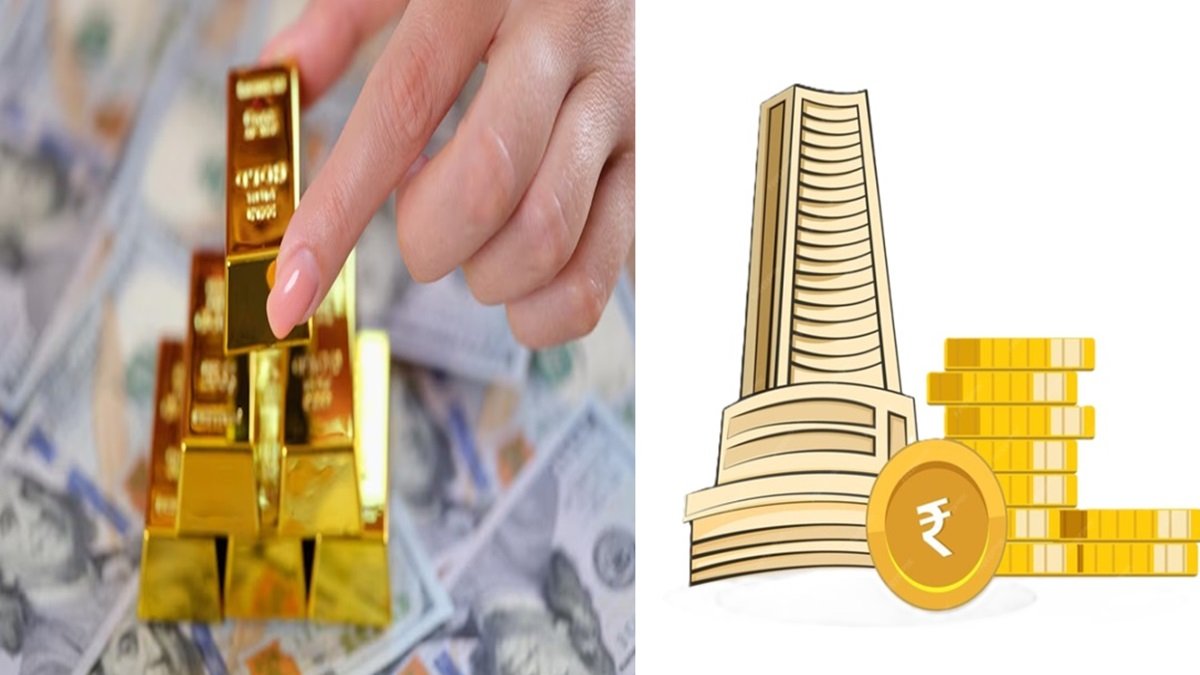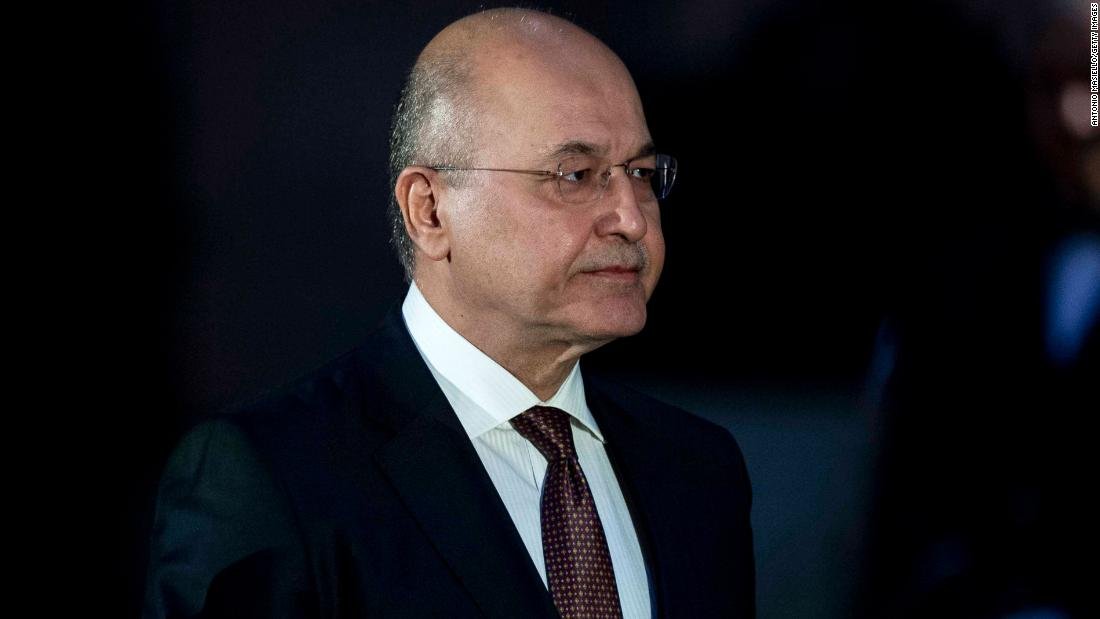WEST PALM BEACH, FLORIDA—JULY 26: Charlie Kirk, who founded Turning Point USA, speaks before former President Donald Trump’s arrival during a Turning Point USA Believers Summit conference at the Palm Beach Convention Center on July 26, 2024 in West Palm Beach, Florida. Trump had earlier in the day met with Israeli Prime Minister Benjamin Netanyahu at Mar-a-Lago. (Photo by Joe Raedle/Getty Images)
Getty Images
Should Charlie Kirk adorn U.S. currency?
This week on Capitol Hill, two Republican lawmakers Rep. August Pfluger (R-Texas) and Rep. Abe Hamadeh (R-Ariz.) are preparing to introduce a bill that could place the late conservative activist Charlie Kirk on U.S. currency. This symbolic move merges politics, legacy, and economics.
The legislation would be directed toward the U.S. Treasury to mint 400,000 silver dollar coins bearing Kirk’s image. The commemorative coins would feature his full name, Charles James Kirk, and the year 2026. On the reverse, the design would include the words: “Well done, good and faithful servant.”
If the bill passes, Kirk — the 31-year-old co-founder of Turning Point USA who was recently killed while speaking at Utah Valley University — would become the youngest American to be honored on the face of U.S. currency.
GLENDALE, ARIZONA – SEPTEMBER 21: Attendees await the start of the memorial service for political activist Charlie Kirk at State Farm Stadium on September 21, 2025 in Glendale, Arizona. Kirk, the CEO and co-founder of Turning Point USA, was shot and killed on September 10th while speaking at an event during his “American Comeback Tour” at Utah Valley University. (Photo by Joe Raedle/Getty Images)
Getty Images
A Political Legacy Cast in Silver
For Pfluger and Hamadeh, the coin represents more than just metal. “Charlie Kirk was a conservative titan whose transformational impact on millions of Americans deserves permanent recognition alongside our nation’s greatest leaders and influential figures,” Pfluger said in a statement. Hamadeh echoed the sentiment, calling Kirk an “American treasure” who “tirelessly sacrificed his time, energy, and money to save this nation for future generations.”
The coin’s final design and approval would need to come from both the Treasury Secretary and President Trump, who was a close ally of Kirk and his message. The proposed 2026 release would position Kirk’s legacy alongside a select group of honorees, ranging from founding fathers to civil rights icons.
However, the choice also carries significant political implications. Unlike historical figures long removed from the present, Kirk’s activism is fresh in the cultural memory. He not only wielded influence over Gen Z conservatives, but he also hosted a daily talk show and advised GOP leaders on youth outreach. By placing his image on legal tender — albeit a commemorative coin — the GOP is signaling a willingness to blur lines between party politics and national symbols.
OREM, UTAH – SEPTEMBER 10: Charlie Kirk throws hats to the crowd after arriving at Utah Valley University on September 10, 2025 in Orem, Utah. Kirk, founder of Turning Point USA, was speaking at his “American Comeback Tour” when he was shot in the neck and killed. (Photo by Trent Nelson/The Salt Lake Tribune/Getty Images)
Getty Images
A Long Tradition of Commemorative Coins
Since 1982, the U.S. Mint has produced dozens of limited-run coins to mark people, places, and events. Proceeds from their sales often support nonprofit projects. Surcharges have generated over $500 million for causes ranging from the construction of new museums to the preservation of national monuments.
Figures as varied as Sacagawea and Susan B. Anthony have appeared on currency, often sparking debates about who deserves the honor and why. The program operates under strict parameters: Congress must authorize the project, and U.S. law prohibits the likeness of living individuals from appearing on currency. That provision, dating back to 1866, underscores the rare weight of posthumous recognition.
Commemorative coin sales can be lucrative depending on the price set by the Mint, and sales could bring in millions. Supporters argue that such projects allow Americans to engage with history while also funding critical cultural initiatives.
But in Kirk’s case, the economics may be secondary to the symbolism. As a millennial activist elevated to currency status, he would join a list of figures that traditionally includes presidents, military leaders, and cultural trailblazers. Pfluger stressed that the initiative would “cement his extraordinary legacy alongside presidents and founding fathers who shaped our republic.”
The push to immortalize Kirk reflects how U.S. currency has become a canvas for cultural battles. In recent years, debates have raged over which figures belong on bills and coins — from Harriet Tubman’s delayed appearance on the $20 bill to ongoing discussions about how inclusive America’s money should be.
US President Donald Trump speaks during the public memorial service for right-wing activist Charlie Kirk at State Farm Stadium in Glendale, Arizona, on September 21, 2025. (Photo by CHARLY TRIBALLEAU / AFP) (Photo by CHARLY TRIBALLEAU/AFP via Getty Images)
AFP via Getty Images
Kirk’s advocates frame the effort as recognition of sacrifice. Detractors may view it as partisan canonization. Both perspectives highlight the increasingly politicized nature of memory in the 21st century, underscoring how politics, legacy, and economics intertwine in today’s America.








